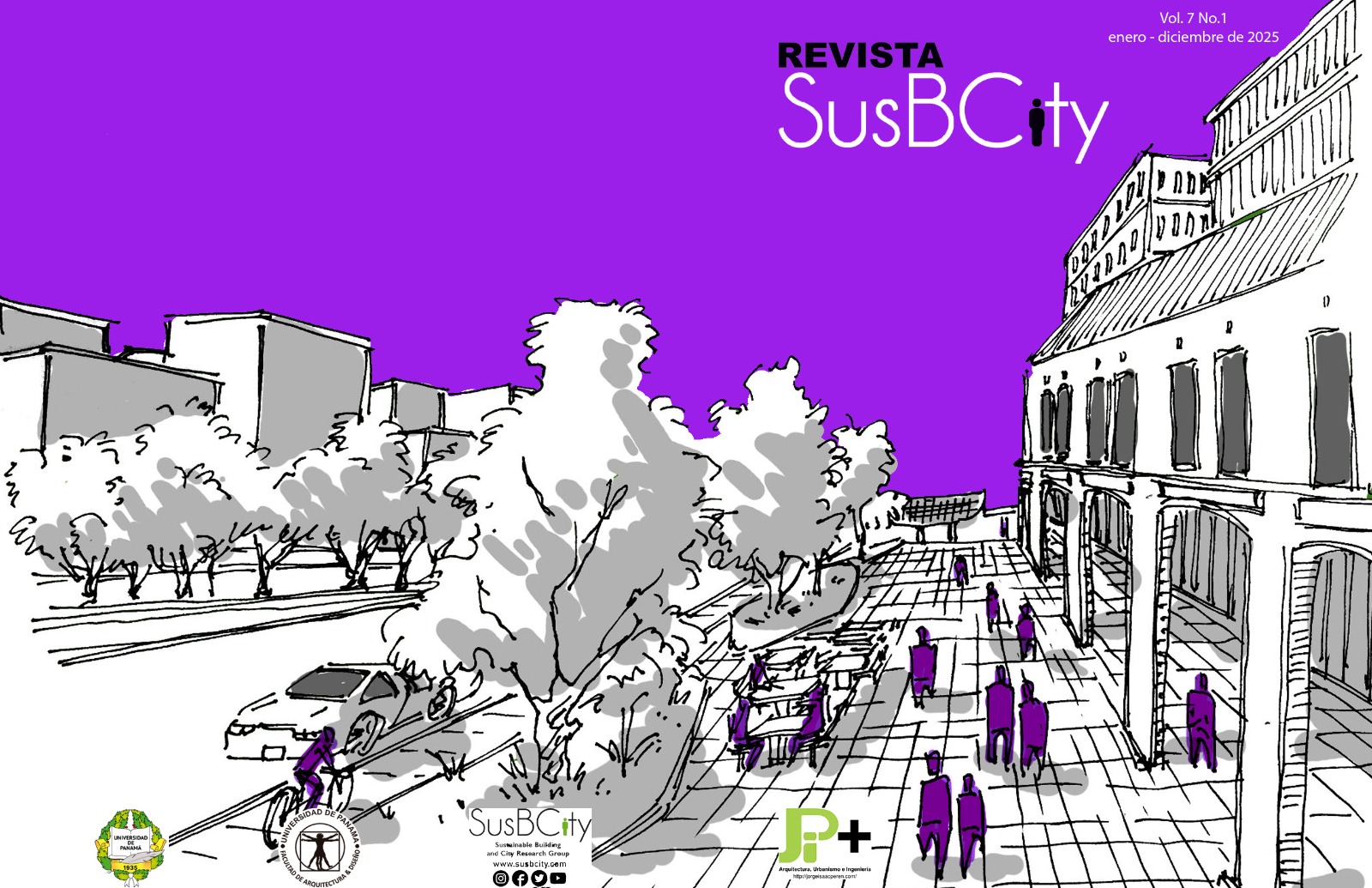

Sustainable buildings aim to minimize environmental impact by efficiently using resources, energy, and materials, while promoting the well-being of their inhabitants. This case study focuses on a bioclimatic building designed for vulnerable communities in Panama, oriented to the south. In this study, using the Designbuilder software, thermal performance analyses were conducted, mainly considering the use of natural ventilation through the PCVN and HSVN indicators; energy performance analysis, evaluating the use of air conditioning as a complement to natural ventilation during uncomfortable hours; evaluation of renewable energy generation potential, analyzing the use of a photovoltaic system through static and dynamic sizing; and the carbon footprint assessment of the building. The results showed that the PCVN was only 20%, affected by high humidity, while the HSVN reached 70%. Additionally, air conditioning use was analyzed as support for natural ventilation, and the implementation of a photovoltaic system that covers a large part of the building's energy demand. The results indicate that this approach not only improves interior comfort but also reduces CO2 emissions, promoting sustainable design for vulnerable sectors.